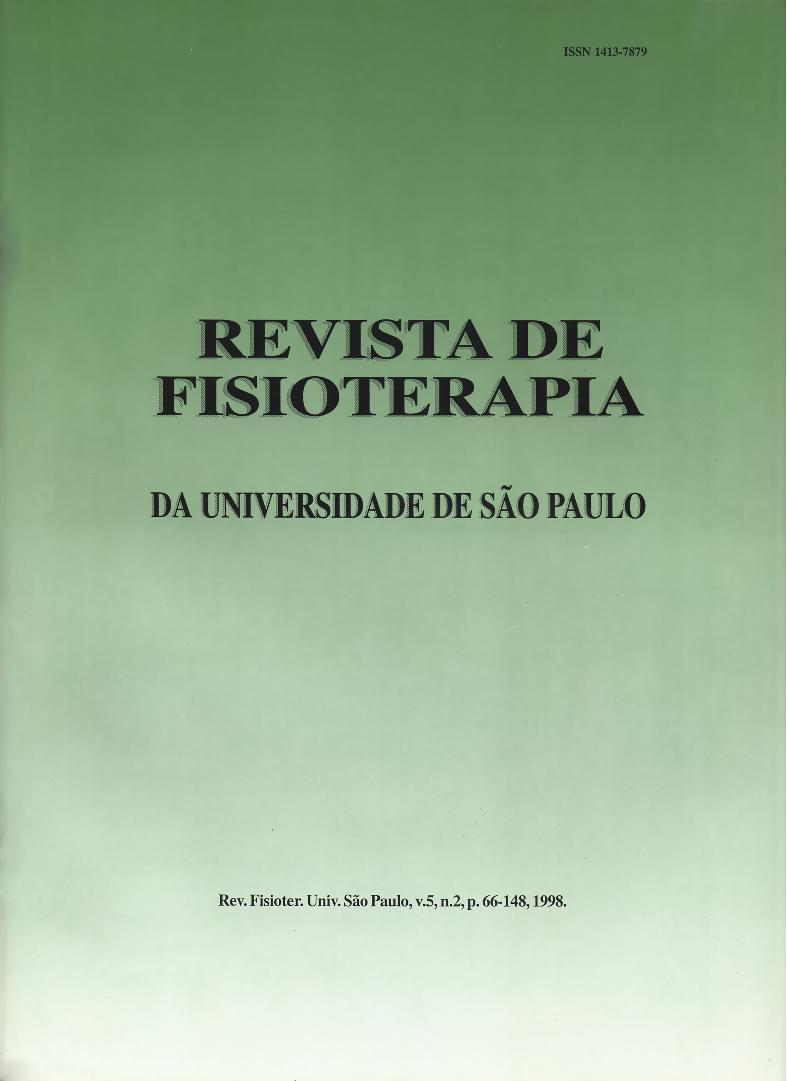Ergonomics and biomechanics features associated to the grip movement: a review
DOI:
https://doi.org/10.1590/fpusp.v5i2.77288Keywords:
Biomechanics, Physical therapy, classification, methods, trends, Tensile straight, Motor activity, Posture, Joints, EletromiographyAbstract
The aim of this review is to present results from different studies related to the human grip movement. Different models for classifying the prehension patterns are described, as well as, the criterions in which they were based on. Some variables influencing the grip strength, such as posture, width and anthropometric factors are also described. The variety of the systems used to describe and classify the human types of prehension indicates the difficulty in adopting an unique model of classification. It is possible that a singular mode, even a good one, would not be able to address to all particularities of the human prehension. Therefore, it seems interesting to describe some different models available in the literature, in order to help authors searching for a more suitable on to a specific objective.



